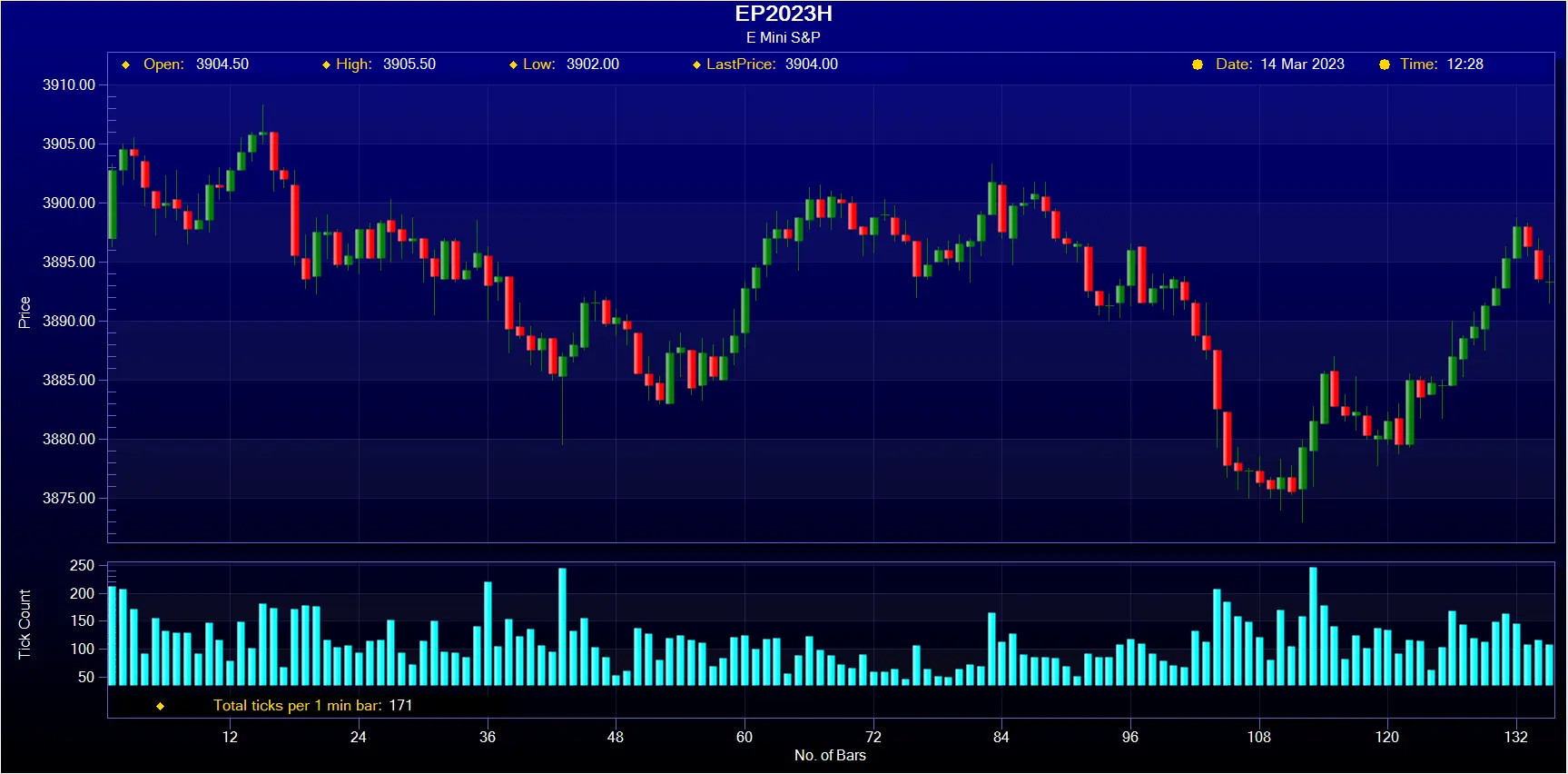For traders, having access to historical 1 minute data can be a game-changer. This data provides a detailed look at market trends and fluctuations over a short period of time, allowing traders to make informed decisions about buying and selling. In this guide, we’ll explore why historical 1 minute data is so important and how traders can use it effectively to maximize their profits.
What is historical 1 minute data?
Historical 1 minute data (a.k.a. intraday data) refers to a collection of data points that show the price and volume of a particular asset at one-minute intervals over a specified period of time. This data is often used by traders to analyze market trends and make informed decisions about buying and selling. By looking at the data over short intervals, traders can identify patterns and trends that may not be visible when looking at longer time frames. This can help them make more accurate predictions about future market movements and maximize their profits.
Why is it important for trading?
Historical 1 minute data is important for trading because it provides traders with a detailed view of market trends and movements over short intervals. This level of granularity allows traders to identify patterns and trends that may not be visible when looking at longer time frames, which can help them make more informed decisions about buying and selling. Additionally, historical data can be used to backtest trading strategies and evaluate their effectiveness, which can help traders refine their approach and improve their overall performance.

How to access historical 1 minute data
There are several ways to access historical 1 minute data for trading. One option is to use a trading platform, e.g. ninjatrader, that provides this data as part of its service. Many platforms offer historical data as a premium feature, so traders may need to pay a fee to access it. Another option is to use a data provider that specializes in historical market data, such as Portara. These providers typically offer a range of data packages at different price points, depending on the level of detail and historical depth required. Finally, traders can also collect their own historical data by using specialized software to record market movements over time. This approach requires more technical expertise, but can be a cost-effective way to access highly customized data sets.
How to use historical data to make informed trading decisions
Historical 1 minute data is crucial for traders who want to make informed decisions. By analyzing this data, traders can identify patterns and trends in market movements, which can help them predict future price movements and make profitable trades. To use historical 1 minute data effectively, traders should first identify the key indicators and metrics that are relevant to their trading strategy. They should then use specialized software or trading platforms to analyze the data and generate insights. Finally, traders should use these insights to inform their trading decisions, taking into account factors such as risk tolerance, market volatility, and current economic conditions. With the right tools and strategies, historical intraday data can be a powerful tool for traders looking to maximize their profits and minimize their risks.
Tips for analyzing data effectively
Analyzing historical 1 minute data can be overwhelming, but there are some tips that can help traders use this data effectively. First, it’s important to focus on the key indicators and metrics that are relevant to your trading strategy. This could include factors such as price movements, volume, and volatility. Second, traders should use specialized software, such as Portara Charts, or trading platforms to analyze the data and generate insights. These tools can help identify patterns and trends in the data that may not be immediately apparent. Finally, traders should use these insights to inform their trading decisions, taking into account factors such as risk tolerance, market volatility, and current economic conditions. By following these tips, traders can use historical 1 minute data to make informed decisions and maximize their profits.
